poháněné PiQR.io
poháněné PiQR.io

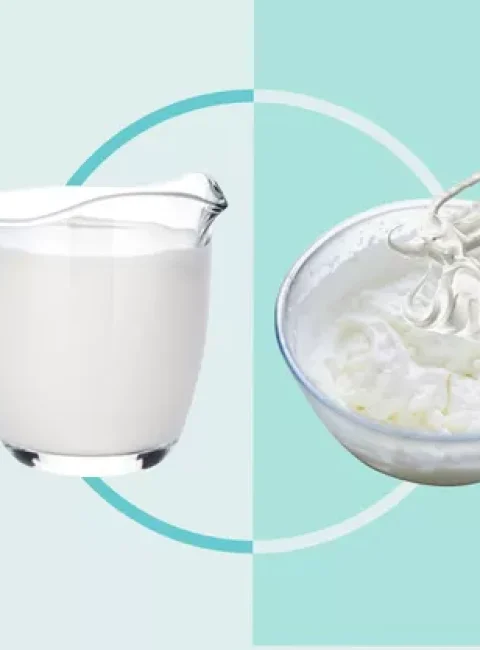
Many people love adding a dollop of whipped cream to their coffee, desserts, or fresh fruit — that soft, silky texture instantly makes everything taste more indulgent.But when you scoop up that fluffy white cream, you might wonder: How many calories are actually in this? And what about the thick liquid used to make it — does it have too many carbs for a balanced diet?These questions aren’t just about calorie counting; they’re about making smarter, more informed choices in our daily meals.
Simply put, Šlehačka is the result of physically whipping Heavy Whipping Cream — incorporating air into it until it becomes light and fluffy. Because of that air, whipped cream has fewer calories and carbs per volume and is perfect as a topping. Heavy whipping cream, on the other hand, is the unwhipped liquid base — richer in fat and flavor, better suited for baking or cooking foundations.
Today, we’ll break down their differences in nutrition, composition, and usage — so you’ll know exactly which one to choose for your lifestyle.
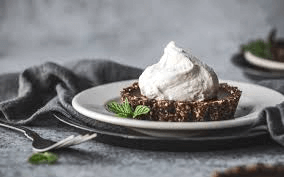
Whipped cream is simply cream that’s been aerated — air is physically beaten into it, changing its fat structure and transforming it into a light, fluffy dairy product.
There are three common methods:
1.Whisking manually by hand;
2.Using an electric mixer;
3.Using a cream charger (pressurized canister) that injects gas into the cream to whip it instantly.
Unlike liquid cream, whipped cream has a semi-solid, airy consistency — soft to touch and light in the mouth.
Usually served as a ready-to-eat topping — on cakes, pies, hot chocolate, or coffee, or paired with fresh fruit for an extra layer of creaminess.
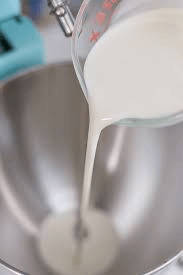
Now that we know what whipped cream is, let’s look at its key ingredient — Heavy Whipping Cream (also known as heavy cream or double cream in some regions).
Heavy whipping cream is a high-fat dairy product separated from milk, and the most common base for making whipped cream. It remains in liquid form until whipped.
Its fat content is the key — usually 30%–36% depending on local standards. That level of fat allows air to be trapped and stabilized during whipping. If the fat is too low, it simply won’t whip properly.
Thicker than milk but still pourable; stable at room temperature for short periods; longer shelf life under refrigeration.

Used as a base for making whipped cream, buttercream, custards, and cake fillings. It’s also ideal for cooking — enriching soups, sauces, or pasta dishes with a creamy texture and rich dairy flavor.
Once you understand both creams, the next question is nutrition — especially calories and carbohydrates, which directly impact dietary choices.
Here’s a quick comparison (based on average commercial products):
| Položka | Heavy Whipping Cream (per 100ml) | Whipped Cream (unsweetened, per 100ml) |
| Calories | 340–360 kcal | 100–120 kcal |
| Fat | 30–36 g | 9–12 g |
| Carbohydrates | 3–5 g | 1–2 g |
| Main carb source | Natural milk lactose | Natural milk lactose (diluted by air) |
Why the difference? It all comes down to the whipping process.
When you whip heavy cream, you incorporate air, increasing the total volume. So, while a spoonful looks the same size, it contains less actual cream — hence fewer calories per 100ml.
Both mainly contain natural lactose from milk. Unsweetened whipped cream has slightly lower carb density because the lactose is dispersed in a larger (air-filled) volume.
⚠️ However, sweetened whipped cream often contains added sugar or syrup, which can raise carbs to 5–10g per 100ml, so always check the ingredient label.
Beyond calories and carbs, these two creams differ in composition, texture, and usage — determining which one suits your purpose best.
Made of milk fat and a small amount of lactose; completely liquid and unprocessed.
Made from heavy cream after whipping; semi-solid, airy, and considered a processed ready-to-eat product.
Thick but pourable; stable even at room temperature for a while and can last several days when refrigerated and sealed.

Fluffy and non-pourable; melts easily at room temperature as its fat structure collapses. Best stored chilled and consumed within 24 hours. Less stable overall.
Functions as a base ingredient — blends well with other ingredients, ideal for baking batters, fillings, and creamy sauces.
Serves as a final topping — perfect for decorating cakes, adding to coffee, or pairing with fruit. No further processing needed.
There’s no “better” or “worse” option — it all depends on what you’re making and your dietary needs. Here are two quick selection tips:
Choose unsweetened Whipped Cream — lower calorie and carb density, easier on your diet.
Go for Heavy Whipping Cream — whether used directly or whipped, its creamy aroma and taste are unmatched.
Cream is delicious — but it’s calorie-dense, so moderation and smart pairing are key. You can also choose your whipping method based on convenience and preference. There’s no “right” or “wrong” way.

Limit each serving to 15–30ml (1–2 tablespoons). That’s enough to enhance flavor without overloading on calories. Use a small spoon to measure and avoid over-serving.
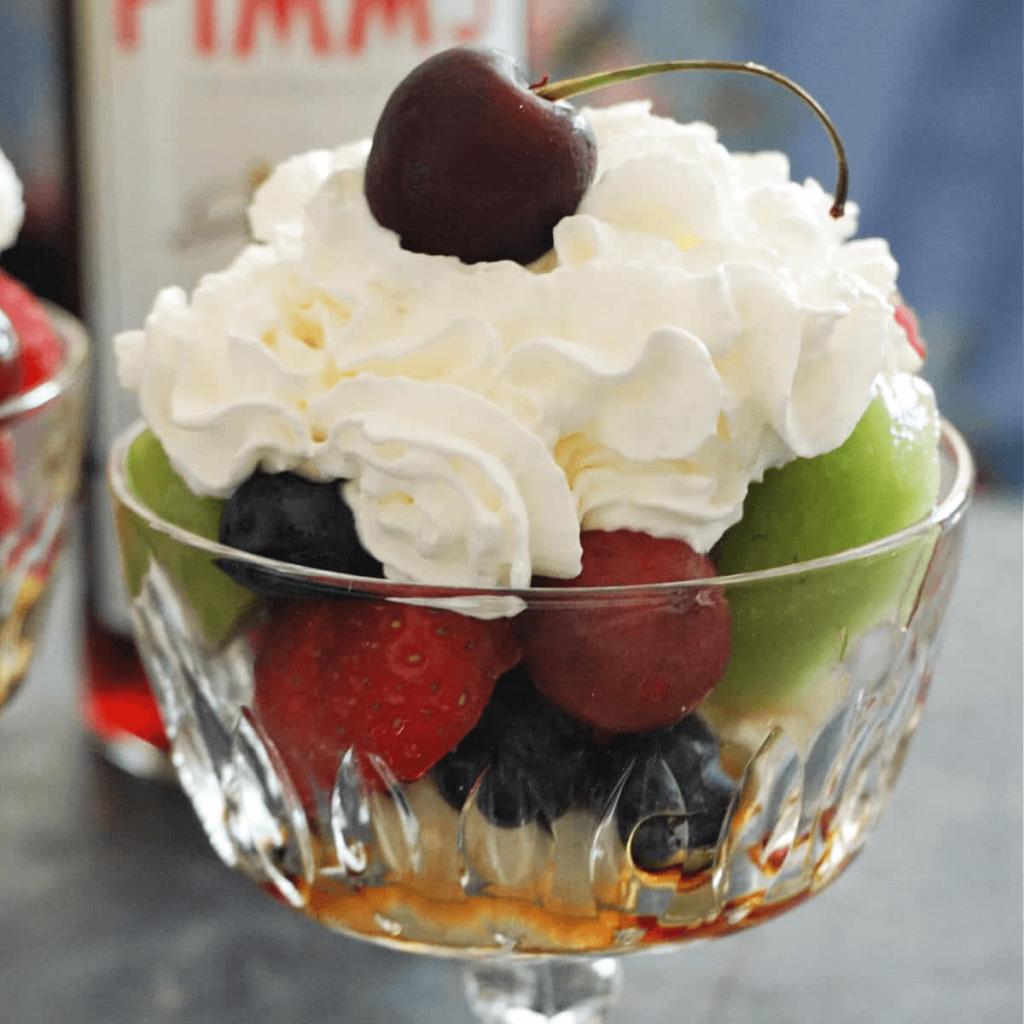
Combine cream with low-sugar fruits (like strawberries, blueberries, or dragon fruit), whole-grain bread, or black coffee. The fiber and low sugar content help balance the cream’s richness while keeping the flavor satisfying but not heavy.
If you’re making whipped cream yourself, you have two main options — traditional whipping nebo using a cream charger system. Each has its own benefits.
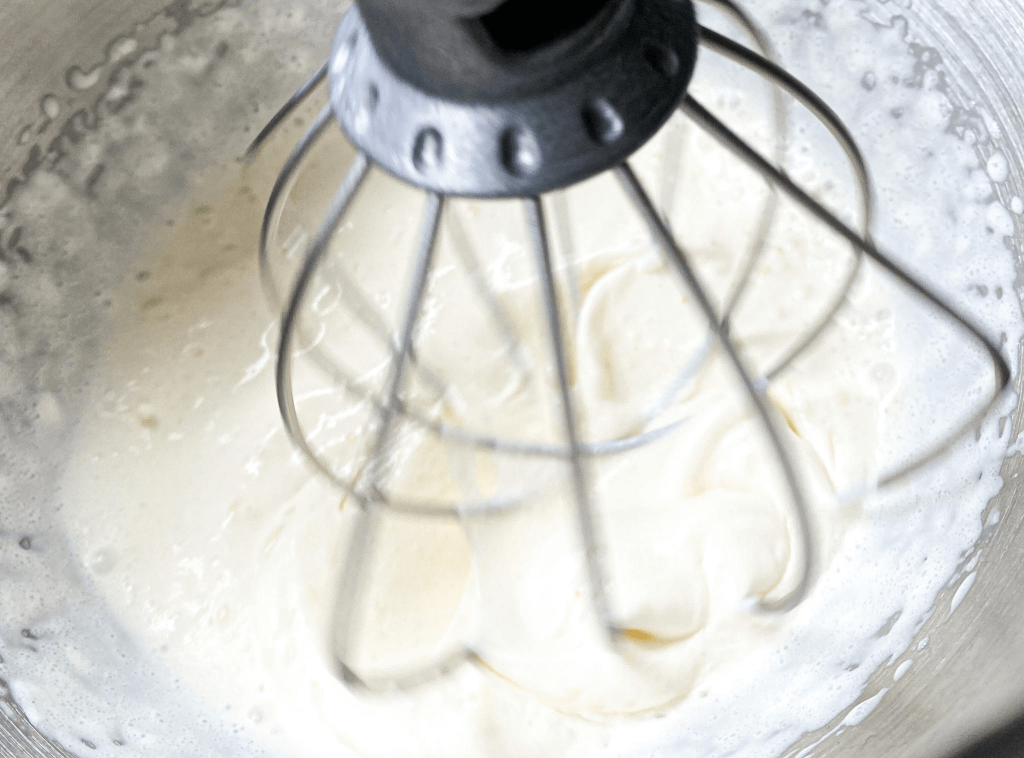

For instance,our Cream Deluxe cream charger, with 99.9% oxid dusný, can perfectly meet these requirements.
Šlehačka a Heavy Whipping Cream share the same origin but serve different purposes — one is the ingredient, the other the finished product.
Their distinctions in calories, carbs, texture, and use let you tailor your choice to your specific culinary needs.
The key to enjoying cream isn’t about restriction — it’s about balance.
Choose the right type, control your portions, and use tools that make it easy to enjoy.
If you want light, fluffy whipped cream anytime — without mixing, waiting, or messy cleanup — try the Cream Deluxe Smetanová nabíječka. In just seconds, you’ll unlock a new way to enjoy coffee, desserts, and fruit with effortless indulgence — creamy, natural, and completely satisfying.
| Cookie | Doba trvání | Popis |
|---|---|---|
| cookielawinfo-checkbox-analytics | 11 měsíců | Tento soubor cookie je nastaven pomocí pluginu GDPR Cookie Consent. Tento soubor cookie slouží k uložení souhlasu uživatele se soubory cookie v kategorii "Analytika". |
| cookielawinfo-checkbox-functional | 11 měsíců | Soubor cookie je nastaven na základě souhlasu s GDPR, aby zaznamenal souhlas uživatele se soubory cookie v kategorii "Funkční". |
| cookielawinfo-checkbox-necessary | 11 měsíců | Tento soubor cookie je nastaven pomocí pluginu GDPR Cookie Consent. Soubor cookie slouží k uložení souhlasu uživatele se soubory cookie v kategorii "Nezbytné". |
| cookielawinfo-checkbox-others | 11 měsíců | Tento soubor cookie je nastaven pomocí pluginu GDPR Cookie Consent. Tento soubor cookie slouží k uložení souhlasu uživatele se soubory cookie v kategorii "Ostatní. |
| cookielawinfo-checkbox-others | 11 měsíců | Tento soubor cookie je nastaven pomocí pluginu GDPR Cookie Consent. Tento soubor cookie slouží k uložení souhlasu uživatele se soubory cookie v kategorii "Ostatní. |
| cookielawinfo-checkbox-performance | 11 měsíců | Tento soubor cookie je nastaven pomocí pluginu GDPR Cookie Consent. Tento soubor cookie slouží k uložení souhlasu uživatele se soubory cookie v kategorii "Výkon". |
| viewed_cookie_policy | 11 měsíců | Tento soubor cookie je nastaven pomocí zásuvného modulu GDPR Cookie Consent a slouží k uložení informace, zda uživatel souhlasil s používáním souborů cookie. Neukládá žádné osobní údaje. |